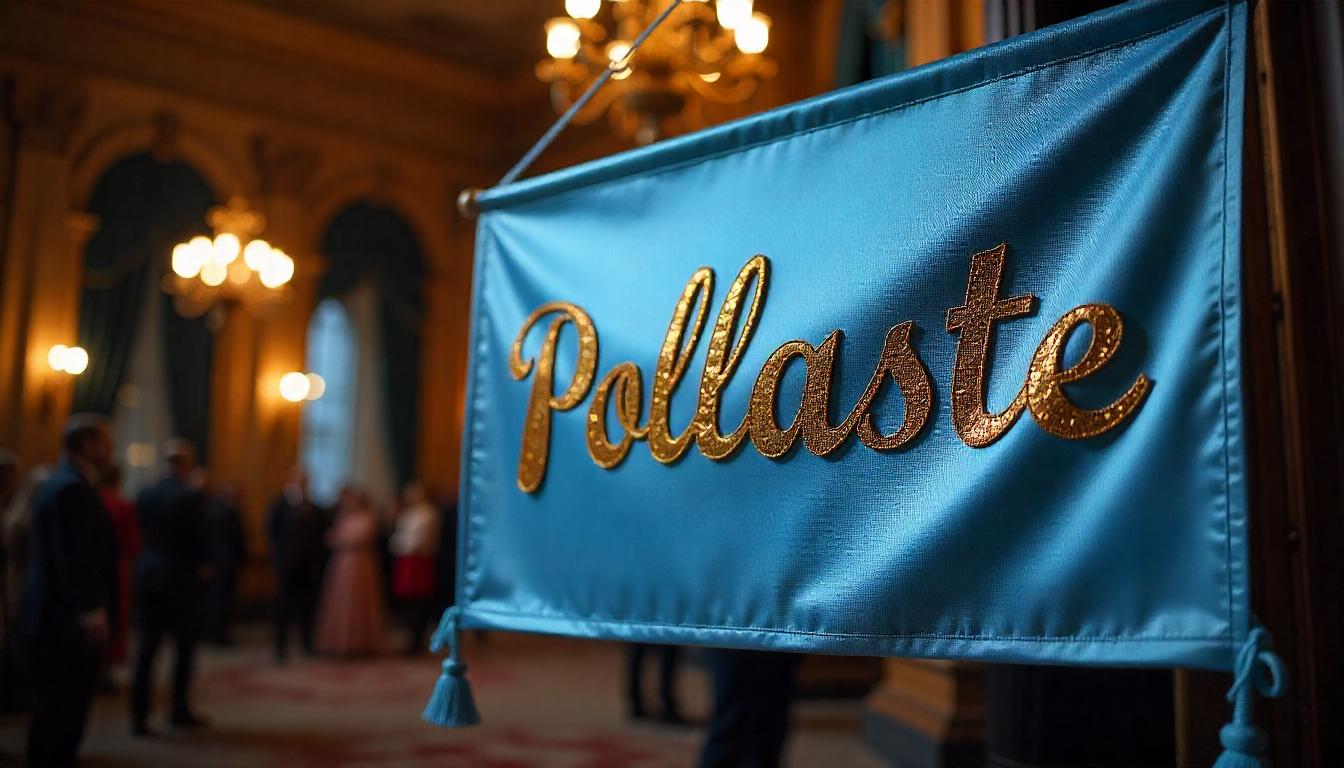Introduction to Pollaste
Have you ever stumbled upon a word that piqued your curiosity? That’s the magic of language. One such intriguing term is “pollaste.” It might sound unfamiliar, but it carries with it layers of meaning and history worth exploring. Whether you’re a word enthusiast or just someone looking to enrich your vocabulary, understanding pollaste can open up new avenues in conversation and creativity. Join us as we dive into the origins, definitions, and uses of this captivating word, revealing how it fits seamlessly into both everyday language and literary masterpieces. Let’s unravel the mystery behind pollaste together!
Origin and History of the Word
The word “pollaste” has roots that trace back to the fusion of various linguistic elements. Its etymology often connects to languages like Latin and Old French, where similar sounds hinted at a meaning related to gathering or collecting.
Historically, pollaste was used in regional dialects, primarily referring to communal activities. In rural communities, it represented the act of bringing people together for a common purpose.
Over time, this term transitioned into more modern contexts. It found its way into literature during the 19th century as writers began exploring themes of unity and collaboration.
As societies evolved, so did its usage. Today, pollaste carries nuances that reflect contemporary values surrounding community engagement and social responsibility. This evolution showcases how language adapts alongside cultural shifts.
Definition of Pollaste
Pollaste is a term that carries a rich and intriguing meaning. At its core, it refers to the act of transforming an ordinary situation into something more vibrant or impactful.
This word encapsulates creativity and innovation, inviting individuals to think outside the box. It encourages embracing new perspectives while adding depth to everyday experiences.
When someone engages in pollaste, they are not just participating; they are enhancing their environment. This might involve reimagining a mundane task or infusing personality into routine activities.
The versatility of pollaste allows for various interpretations across different contexts. Whether it’s art, conversation, or even problem-solving, this term serves as an inspiration for those seeking to elevate their interactions with the world around them.
Examples of Pollaste in Literature and Pop Culture
Pollaste has made its mark in various forms of literature and pop culture, adding depth to characters and narratives. In contemporary novels, authors often use the term to describe a character’s inner turmoil or moral ambiguity, enriching the storyline with complexity.
In film and television, pollaste can be seen in character arcs that explore themes of betrayal or duality. A notable example is found in psychological thrillers where protagonists grapple with their darker selves. This internal struggle resonates deeply with audiences.
Moreover, music lyrics frequently embrace pollaste as a metaphor for emotional conflict. Artists weave it into songs about heartbreak or identity crises, striking a chord with listeners who relate to those experiences.
Through these channels, pollaste showcases its versatility while underscoring human emotions and dilemmas across different mediums.
How to Use Pollaste in Everyday Language
Using “pollaste” in everyday language can add a unique flair to your conversations. Start by incorporating it into casual discussions about preferences or choices. For instance, you might say, “I pollaste my weekends for relaxation over chores,” emphasizing the act of choosing leisure.
You can also use it humorously when discussing food. Imagine saying, “When I’m at a buffet, I always pollaste between dessert and more dessert.” This not only showcases your playful side but also invites laughter.
In creative writing or storytelling, introduce characters who frequently pollaste their decisions. It adds depth to their personality while enriching the narrative.
Don’t shy away from using “pollaste” during debates with friends. You could argue that you tend to pollaste facts based on emotional connections rather than statistics alone. Such usage makes conversations engaging and thought-provoking!
Common Misconceptions about Pollaste
Many people mistakenly believe that “pollaste” is a synonym for something negative. This misconception can stem from its unfamiliar sound, leading to assumptions about its meaning.
In reality, pollaste encompasses a broader range of interpretations and uses. It is not limited to one context or emotion but rather captures a blend of nuances.
Another common myth is that pollaste is an outdated term with no relevance today. However, it continues to pop up in contemporary discussions and creative expressions, proving its enduring appeal.
Some may also think the word only belongs in certain literary circles or academic settings. In truth, pollaste has found its way into everyday language among diverse groups who appreciate its unique flair.
Understanding these misconceptions opens the door to appreciating how versatile and expressive pollaste truly is within our conversations.
Conclusion: Embracing the Versatility of Pollaste
Pollaste is more than just a word; it’s a concept that adds depth to our language. Its rich history and varied meanings allow for creative expressions in both writing and everyday conversations.
Whether you encounter pollaste in literature, pop culture, or casual chat, its versatility shines through. Embracing this term can enhance your vocabulary and provide new ways to articulate complex ideas.
As we continue to explore the nuances of language, integrating terms like pollaste reminds us of the beauty and flexibility inherent in communication. So why not start using it today? You’ll find that adding such words enriches your interactions and makes them more engaging. Dive into the world of pollaste, and let it inspire your creativity!

Leave a Reply